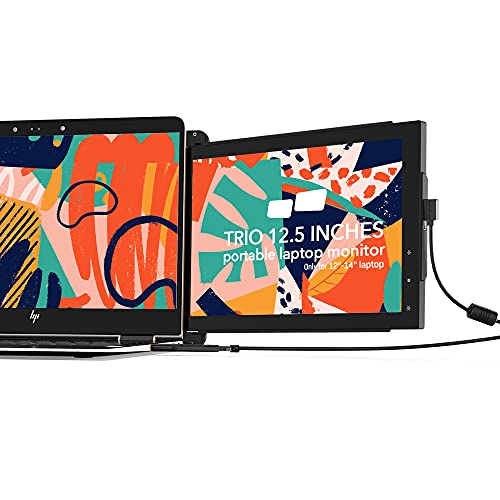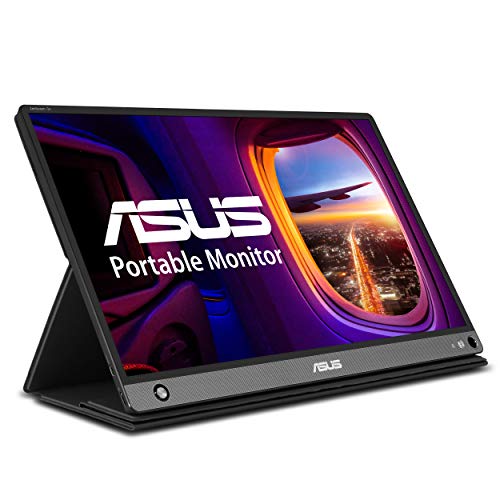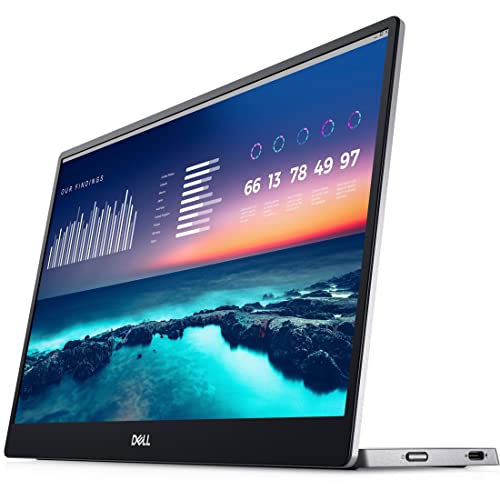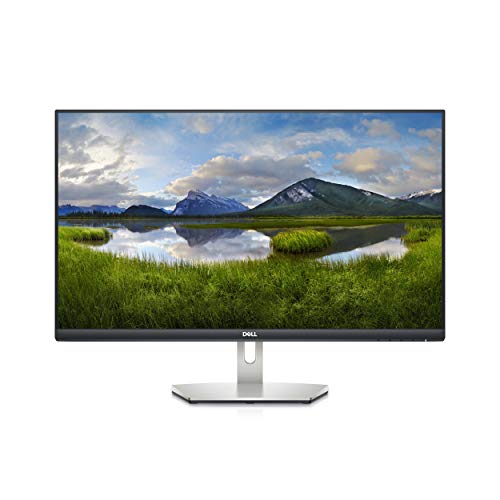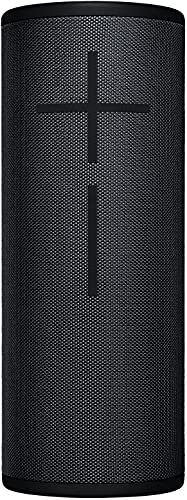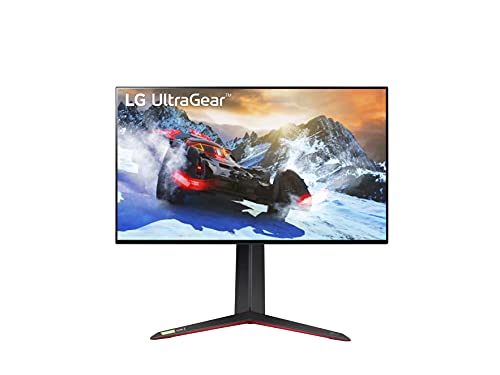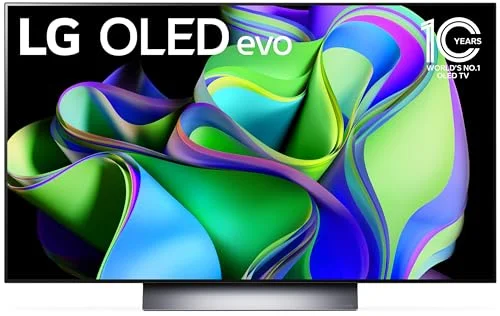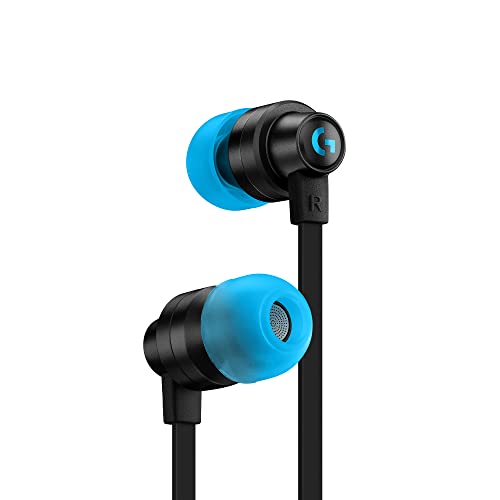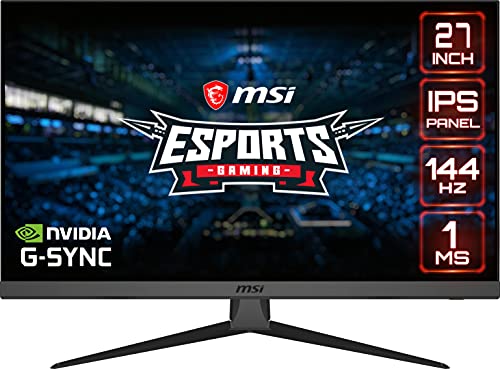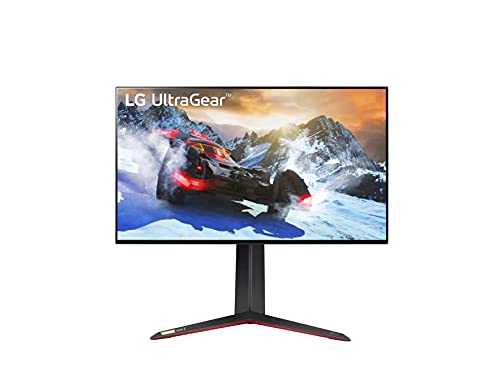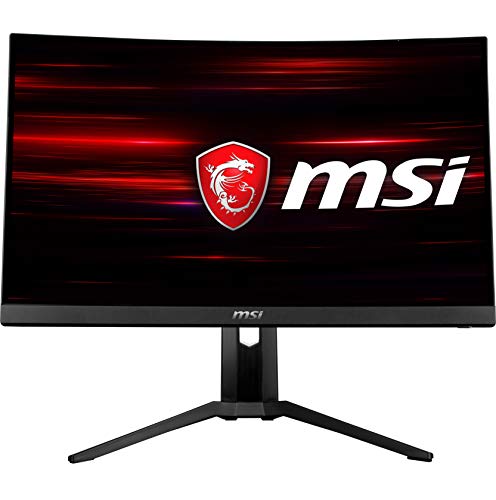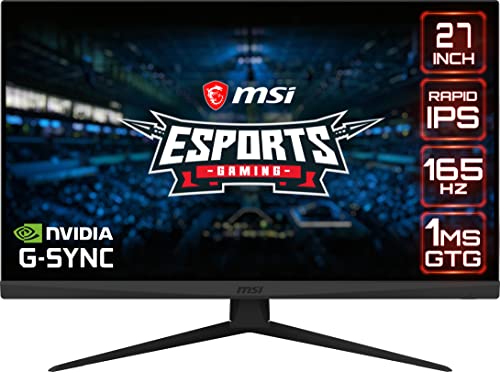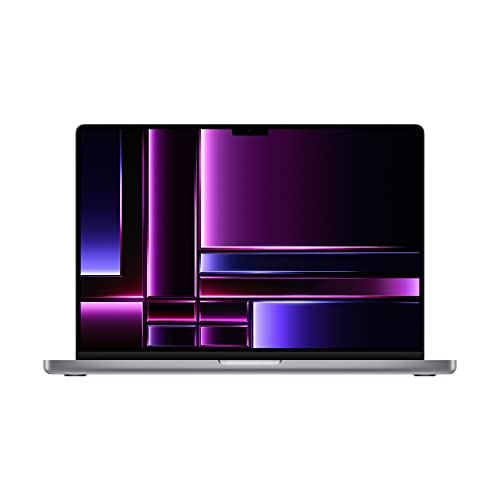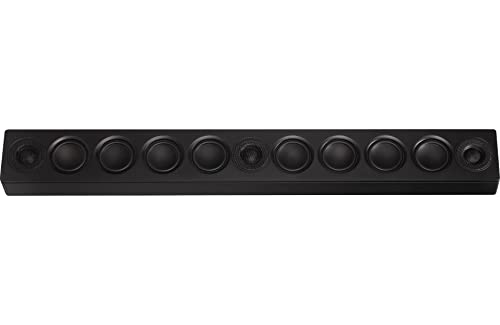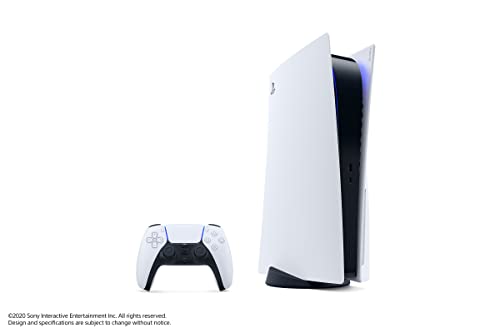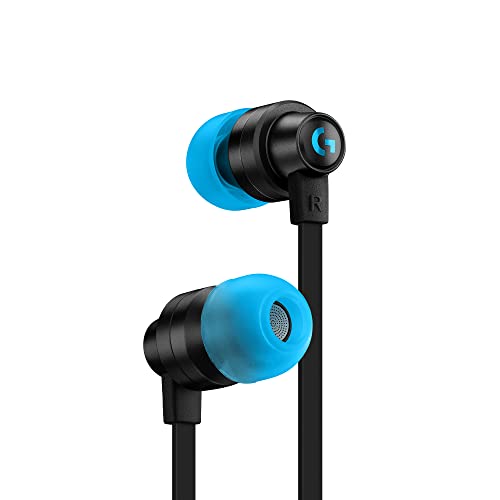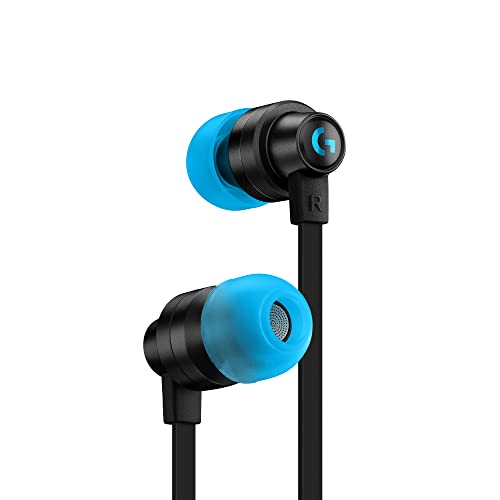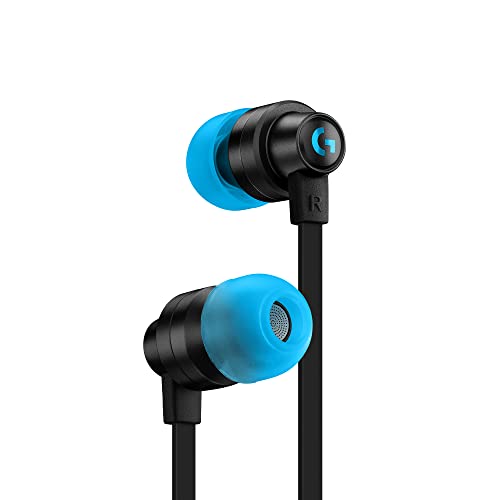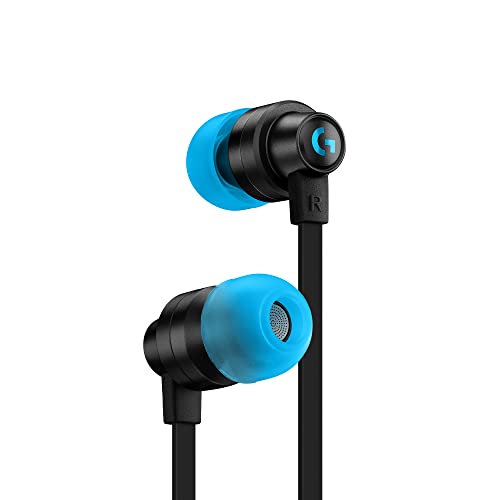What are the features that make for the best 40-inch monitor? To start, an ultrawide monitor that’s worth it should give you consistent image quality with at least a 4K screen resolution, a high static contrast ratio for deeper blacks, fast refresh rates for gaming, and vibrant colors.
Your 40-inch monitor should also give you a functional screen-split mode so you can multitask with ease. With added screen real estate, your ultrawide monitor gives you more room to arrange full-size windows side-by-side so you never have to Alt+Tab between open applications.
Since 40-inch monitors are larger screens, it’s also important that they give you adjustable height settings and wide viewing angles. This way, you don’t have to deal with shifting their bulkier weight around every time you need a better viewing angle to lessen eye strain. These are usually flat-screen monitors nowadays, in contrast to a CRT monitor from the past.
Keep reading to learn all about the best 40-inch monitors and the wide variety of features they offer. After reading through this guide, you’ll be equipped with the knowledge you need to make an informed buying decision when getting the best computer monitors in the market.
Top 40-Inch Monitors
#1 Hannspree HL407UPB 40-Inch Monitor
Award: TOP PICK
WHY WE LIKE IT: This monitor features a selection of ports that support a number of computers and gaming consoles. With wide viewing angles, this monitor is a good choice for offices and home theaters.
- Impressive selection of ports
- Vibrant Full HD imagery
- 200 x 100mm VESA interface
- Fixed stand
Equipped with a rich selection of ports, the Hannspree HL407UPB 40-inch monitor simplifies connecting to various computers and gaming consoles. This monitor has a Full HD display, rendering super-clear visuals with vibrant colors. The monitor has a very bright screen that reaches 260 nits. With wide 178° viewing angles, this device provides a clear image when viewed from the sides. However, the fixed stand on this unit does not support tilting, swiveling or height adjustment.
With a 200mm x 100mm VESA mounting interface, this computer monitor can easily be fixed on the wall or third-party stands. It has a dual speaker system that supports hassle-free video chats and music playback. This display has a 60 Hz refresh rate that’s ideal for movies and casual gaming. With VGA and HDMI inputs, this device connects seamlessly to older and newer computers. It also boasts a USB hub, rendering content from thumb drives easily.
#2 Dell UltraSharp U4021QW 40-Inch Monitor
Award: HONORABLE MENTION
WHY WE LIKE IT: Thanks to a remarkably wide color gamut and impressive color accuracy, this monitor is ideal for content creation workflows. It has a native 5K 5120 x 2160 resolution, delivering very detailed pictures.
- Impressive 5K resolution
- 2500R screen curvature
- Impressive color gamut
- It takes up a lot of space
The Dell UltraSharp U4021QW 40-inch monitor combines sleek aesthetics with incredible picture quality, making it a good addition to any office or home theaters. It boasts an expansive 40-inch screen that comes in handy for graphic designers and other professionals. With a 5K 5120 x 2160 native resolution and a 140 ppi pixel density, this monitor offers intricate details, so it’ll appeal to gamers and content creation professionals. However, it takes up considerable desk space.
Featuring a smooth 2500R screen curvature, this monitor is eye friendly, delivering a hypnotic, strain-free viewing experience. It has a remarkably wide color gamut, covering 100% of the Rec. 709 color space and 98% of the DCI-P3 color gamut. This monitor has accurate colors and will appeal to photo and video editing professionals. With integrated 9W speakers, this device provides pleasant audio playback. It produces a whopping 1.07 billion colors, delivering gorgeous content.
#3 Sceptre Nebula Series C408B-QWN168W 40-Inch Monitor
Award: BEST FOR GAMES
WHY WE LIKE IT: With a gentle screen curvature and an ultra-wide screen, this monitor provides an immersive experience. It boasts an outstanding refresh rate and a host of advanced features that will appeal to gamers.
- Incredible screen curvature
- AMD FreeSync Premium
- 165Hz refresh rate
- So-so text clarity
Featuring a flawless 3000R screen curvature, the Sceptre Nebula Series C408B-QWN168W 40-inch computer monitor provides a wide field of view without straining the neck. This device has an expansive screen that eliminates the need for a dual-monitor setup. With a refresh rate of 165 Hz, this display provides fluid, smooth visuals at high frame rates. It has an ergonomic stand that supports height adjustment and tilting. However, text appears a bit blurry on this unit.
The monitor boasts AMD FreeSync Premium, offering flawless gaming content in conjunction with Radeon graphics cards. Covering a whopping 99% of the sRGB color gamut, this gaming monitor offers accurate colors and can be used for some graphics work. This gaming monitor boasts a fast 1ms MPRT response time, giving gamers an edge. It has sleek aesthetics with a wide color scheme that will raise the look of any room and it is HDR400 certified, producing visually pleasing imagery.
#4 NEC V Series V404 40-Inch Monitor
Award: BEST FOR COMMERCIAL APPLICATIONS
WHY WE LIKE IT: This monitor has a very bright screen and features wide viewing angles, so it’s ideal for mounting in waiting lounges, classrooms, and public transit systems. It has an incredible selection of ports.
- Impressive collection of ports
- Supports LAN daisy chaining
- Very bright screen
- Relatively slow response time
Designed with commercial establishments in mind, the NEC V Series V404 40-inch monitor boasts a number of features that will appeal to business owners. It has a large screen size with narrow bezels that’s ideal for digital signage, classrooms, and waiting lounges. The monitor supports both portrait and landscape placement, offering installation flexibility. This monitor is equipped with an impressive collection of ports, including HDMI, DVI, VGA, and DisplayPort. However, its 8ms response time is not ideal for professional gaming.
A built-in Ethernet port allows daisy chaining with other devices on the local area network (LAN), while a USB interface allows attaching flash drives. This computer comes with a remote control for simple operation. With 178-degree and vertical viewing angles, this monitor provides great picture quality when viewed from tight angles, making it a good choice for wall mounting. With a maximum brightness of 500 nits, this display fights glare in brightly lit spaces.
#5 Philips BDM4037UW 40-Inch Monitor
Award: BEST SCREEN CURVATURE
WHY WE LIKE IT: This monitor has a gentle 3000R screen curvature, providing an engaging viewing experience. It features PBP and PIP tech, enhancing the user experience when working with multiple open windows and PCs.
- Handy PBP and PIP tech
- 3000R screen curvature
- Built-in speakers
- Mediocre viewing angles
The Philips BDM4037UW 40-inch computer monitor has a stylish design with a sleek silver finish that will make a lasting impression. This monitor has a dynamic contrast ratio, supporting outstanding movie playback and gaming. With a 100mm VESA interface, this device supports wall mounting and it boasts a native 3840 x 2160 4K resolution, producing very detailed pictures. This monitor has PBP and PIP tech, simplifying working with multiple input devices. However, this model has so-so viewing angles.
This monitor features a VA panel with an outstanding contrast ratio, offering great dark room performance. It has VGA, DisplayPort, and HDMI inputs, allowing users to switch between various input devices easily. With a 4ms response time, this monitor is well suited to gaming and it has a 100mm VESA interface that facilitates mounting on the wall or on a third-party stand. The 5W stereo speakers on this device offer incredible audio playback.
#6 Samsung 400DX-3 LH40CSPLBC/ZA 40-Inch Monitor
Award: BEST ANALOG CONNECTIVITY
WHY WE LIKE IT: A Full HD display offers detailed imagery with natural hues. This monitor boasts wide horizontal and vertical viewing angles, making it a good choice for deployment in lobbies.
- Amazing Full HD pictures
- Wide viewing angles
- Natural colors
- Bland design
With TFT active matrix tech, the Samsung 400DX-3 LH40CSPLBC/ZA provides outstanding response times and refresh rates, making it a good choice for light gaming. This monitor has a native 1920 x 1080 Full HD resolution, delivering colorful, sharp content. It boasts a very high contrast ratio, producing deep dark colors, so it’s ideal for movies and gaming. However, this model falls short when it comes to aesthetics, featuring a bland design.
It has wide 178-degree horizontal and vertical viewing angles, so it’s ideal for wall mounting and deployment as digital signage. Equipped with D-Subl, HDMI, DisplayPort, and DVI inputs, this Samsung monitor connects seamlessly to devices ranging from laptops to desktops and gaming consoles. With an 8-bit color system, this device produces 16.7 million colors, offering natural imagery. This device has considerable screen real estate and is a good choice for lounges and other public spaces.
Beginner’s Guide to 40-Inch Monitors
What Are 40-Inch Monitors?
A 40-inch monitor is a display device that hooks up to your laptop or computer via a display cable such as a DisplayPort cable or an HDMI cable. Once connected to your computer, your monitor displays information from your computer so you can see the applications, video games, or internet browser you’re using. This is similar to how the highly-rated gaming monitors for Nintendo Switch work.
Most computer monitors offer the same form factor, but there are a variety of different types of monitors to consider. In general, though, most 40-inch displays are either LCD or LED monitors, and they most commonly use an IPS panel technology. Which, you’ll want an IPS monitor, since they’re perfect for color accuracy and are considered some of the best monitors for graphic design.
40-Inch Monitors vs. Traditional Monitors
If you were to compare a 40-inch monitor to a traditional monitor in terms of general form and function, you likely wouldn’t be able to tell much of a difference. A 40-inch monitor doesn’t operate in ways different than a standard office computer monitor, although, you might see the difference in size compared to a high-end 38-inch monitor. But, you’ll have to look closely.
There is one major difference between 40-inch monitors and traditional computer monitors, though, and that comes into play when you consider the aspect ratio of the display. Most flatscreen monitors offer a 16:9 aspect ratio, which is considered optimal on many of the leading widescreen monitors. Most 40-inch monitors have a 21:9 ultrawide aspect ratio.
With a 21:9 aspect ratio, you get a lot more horizontal space than you do with a standard 16:9 aspect ratio. With larger displays like these, you’ll be able to multitask more easily since you can place full-size windows side-by-side. This feature alone makes 40-inch displays into the perfect professional monitors.
It’s also worth noting that many ultrawide monitors feature a curved screen. When you have an ultrawide configuration, it can be difficult to see everything on the display without turning your head all over the place. A curved screen eliminates this problem, so it’s a good idea to peruse the hottest curved gaming monitors now available.
How 40-Inch Monitors Work
Simply put, 40-inch monitors work by plugging into a wall outlet for power and then by plugging into your computer to receive the information. It’s practically the same process for any monitor, including the Dell Computer Ultrasharp U2415.
On the technical side of things, a 40-inch monitor generally uses LCD technology, which stands for liquid crystal display. LCD monitors feature two panes of glass with liquid crystals between them that activate and react to backlighting.
Ultrawide monitors usually use cold cathode fluorescent lamps (CCFLs) or light-emitting diodes (LEDs) for backlighting. The top 40-inch monitors usually use LED lighting since they offer a wider brightness range and longer lifespan.
Do You Really Need a 40-Inch Monitor?
40-inch ultrawide monitors aren’t for everyone, but they make for excellent professional displays. If you want to more easily multitask or create a more immersive gaming experience, then a 40-inch ultrawide monitor is a perfect choice for you.
Is a 40-Inch Monitor Worth Buying?
- You Need Better Multitasking Capabilities: 40-inch monitors are perfect for multitasking because they offer a lot of screen real estate, which allows you to keep applications side-by-side. Plus, these monitors also offer screen-splitting software built-in that allows you to partition off your screen as if you were using a multi-monitor setup.
- You Prefer an Immersive Gaming Experience: 40-inch monitors often provide curved screens, which in turn lead to a more immersive gaming experience. The 21:9 aspect ratio allows you to see more of your games and the curved display minimizes the amount you have to turn your head to see everything going on. Plus, ultrawide monitors usually feature fast response times, high refresh rates, and excellent color accuracy.
- You Want the Best Technology Available: Most ultrawide monitors in the 40-inch size range offer top-of-the-line technology. If you love using the most advanced technology available, then a 40-inch monitor is an excellent choice for you.
Why a 40-Inch Monitor May Not Be For You
- You Have a Compact Desk Space: 40-inch monitors take up a ton of space. If you don’t have a ton of room on your desk or in your office, then a larger display like a 40-inch monitor may not be the best for you.
- You’re Looking for a Cheap Monitor: If you’re looking for a cheap monitor, you’ll have a hard time in the 40-inch size category. Since ultrawide monitors use advanced technology, they are often the most expensive options on the market today.
- You’re a Video Editor or Artist: 40-inch monitors, especially curved monitors, can have minor difficulties with backlighting and color accuracy. This can cause some hiccups when it comes to content creation for video editors and artists.
How Long Will a 40-Inch Monitor Last?
Most 40-inch monitors are either LCD or LED monitors, meaning you’ll get the most lifespan out of them. Most technology pros, like those at TechiExpert, agree that LCD monitors will last for 30,000 to 60,000 hours and that LED monitors will last for 80,000 to 120,000 hours.
Of course, the actual lifespan of your ultrawide monitor depends on how well you treat it. For example, if you don’t activate any kind of power-saving features, you’ll likely lessen the lifespan of your monitor. The same goes for keeping your monitor in a dusty and dirty environment.
How to Choose the Best 40-Inch Monitor
Before you press the buy button or even before you start shopping for the best ultrawide monitor, you need to determine what features are the most important for your specific needs.
40-Inch Monitor Key Factors to Consider
Read through the following questions to learn more about the key factors you should consider when shopping for a new 40-inch monitor.
1. What is the best panel technology for your needs?
40-inch monitors usually stick to one of two panel types in their display technology: VA or IPS. These panel types simply describe the way the LCD technology works in your monitor. Here’s an in-depth explanation of both so you can determine which one works best for you:
- VA Panel: Vertical alignment (VA) panels offer solid all-around performance and capabilities. They offer a better static contrast ratio for deep blacks than an IPS panel, but more narrow viewing angles. You can check out some of the best vertical monitors if you would love a larger viewing angle and better contrast.
- IPS Panel: In-plane switching (IPS) panels are considered the gold standard for ultrawide monitors. This is because they feature better color reproduction, high contrast ratio, and wide viewing angles. An IPS panel also tends to be more consistent in overall performance.
2. What screen resolution should you look for?
A computer monitor’s screen resolution is one of the most important qualities to consider, especially when it comes to visual quality and detailed images. Resolution is a measure of how many pixels are present in your ultrawide monitor, horizontally and vertically.
For ultrawide monitors like a 40-inch, the bare minimum resolution you should purchase is 2560×1080. However, this screen resolution can create some pixelated text and images thanks to the 21:9 aspect ratio.
For the best results, you should choose a 40-inch monitor with a 3440×1440 resolution. This is especially true if you’re a gamer or creative professional.
Some 40-inch monitors are starting to feature higher native resolutions than even 3440×1440. However, these are very expensive and uncommon at the time of publishing.
3. What do you need in terms of picture quality on your monitor?
One of the biggest selling points of a 40-inch monitor is the potential for excellent picture quality, depending on the specific model you purchase. Take a look at the following features so you know what to look for in terms of picture quality:
- Color accuracy: Color accuracy refers to your computer monitor’s ability to reproduce accurate colors when compared to real-world color. While shopping for a new monitor, look for terminology such as wide color gamut. Monitors with a wide color gamut offer better out-of-box color accuracy.
- Contrast ratio: When you see the term contrast ratio, it refers to the difference between light colors and dark colors on your monitor. 40-inch monitors tend to offer good contrast ratios, especially if you purchase an IPS display. A high static contrast ratio means you’ll get deeper blacks, which in turn creates a better overall picture.
- Screen resolution: Higher screen resolution will always result in better picture quality, whether you are gaming, browsing the web, or working.
4. Do you need gaming-specific features on your monitor?
If you’re a gamer, then you recognize the need for gaming-specific features on your monitor, whether you’re planning on using it as a PC gaming monitor or a console gaming monitor. Of course, it will be difficult to game even on the best 22 inch monitor.
You can, however, consider these gaming features:
- Response Time and Input Lag: Response time and input lag are commonly mistaken for one another, but they are actually two different aspects. Response time refers to the amount of time your computer takes to switch between colors. Input lag is the amount of time between you doing something on your keyboard or mouse and that action being mirrored on the display. A quick response time and low input lag are the best for gamers. Anything below 5ms is good for gaming, but if you’re into competitive gaming, you should look for a 1ms response time.
- Refresh Rate: The refresh rate of a 40-inch monitor measures the number of times the display refreshes with a new image every second. This feature is measured in Hz.In general, the lowest refresh rate you’ll see in 40-inch monitors comes in the form of a 60Hz panel. However, the best 40-inch monitors offer at least a 100Hz refresh rate. For gaming, you should look for a 120Hz panel to get the best gaming and viewing experience.
- Variable Refresh Rate: If you’re buying an ultrawide gaming monitor for competitive gaming, then you should get one with a variable refresh rate. Monitors with Nvidia G-Sync or AMD FreeSync sync directly to your computer’s compatible graphics card to create a seamless picture quality.
- Refresh Rate: The refresh rate of a 40-inch monitor measures the number of times the display refreshes with a new image every second. This feature is measured in Hz.In general, the lowest refresh rate you’ll see in 40-inch monitors comes in the form of a 60Hz panel. However, the best 40-inch monitors offer at least a 100Hz refresh rate. For gaming, you should look for a 120Hz panel to get the best gaming and viewing experience.
5. What kind of connectivity and adjustability do you need on your monitor?
Finally, consider how your 40-inch monitor will connect to your computer. There are a variety of connectivity options available on monitors today, but the specific connectivity ports on your monitor are important.
- VGA Ports: In general, we recommend not using VGA ports on your 40-inch monitor. This is an older format that’s still commonly used in many professional monitors today, but it can only support up to a screen resolution of 2560×1600.
- HDMI Ports: HDMI ports are quickly becoming the industry standard in a wide array of connectivity options thanks to their high-resolution capabilities and fast transfer speeds. Your 40-inch monitor should offer at least one HDMI port.
- DisplayPort: If you want to buy a curved gaming monitor, then an option with a DisplayPort port is essential. DisplayPort supports up to 8K resolution, so you know you’ll be getting the best picture with these monitors.
- USB Ports: Some 40-inch computer monitors also provide USB ports, including USB Type C ports. With both standard USB and USB-C ports, you’ll be able to use your monitor to connect to a variety of peripherals, including your keyboard and mouse.
- Audio Input: If your monitor doesn’t offer internal speakers, you may want to connect some external speakers instead. Monitors with an audio input will allow various speakers to connect.

![Best 40-Inch Monitors in [year] 1 best 40 inch computer monitor](https://www.gadgetreview.dev/wp-content/uploads/best-40-inch-computer-monitor-imge.jpg)


![Best 40-Inch Monitors in [year] 2 HANNSPREE Hanns. G Professional HL407UPB 100.3 cm...](https://m.media-amazon.com/images/I/417W1-79rdL._SL160_.jpg)
![Best 40-Inch Monitors in [year] 3 Dell U4021QW UltraSharp 40-inch Curved WUHD Monitor](https://m.media-amazon.com/images/I/41GTOTkapAL._SL160_.jpg)
![Best 40-Inch Monitors in [year] 4 Sceptre Curved 40' Class 16:9 QHD 2560x1440 Gaming...](https://m.media-amazon.com/images/I/41TeCZRS6VS._SL160_.jpg)
![Best 40-Inch Monitors in [year] 8 Our #4 Pick is the NEC V Series V404 40-Inch Computer Monitor](https://m.media-amazon.com/images/I/31mdkC+UVnL._SL160_.jpg)
![Best 40-Inch Monitors in [year] 9 Our #5 Pick is the Philips BDM4037UW 40-Inch Computer Monitor](https://m.media-amazon.com/images/I/51-e92MxRjL._SL160_.jpg)
![Best 40-Inch Monitors in [year] 10 Our #6 Pick is the Samsung 400DX-3 LH40CSPLBC/ZA 40-Inch Computer Monitor](https://m.media-amazon.com/images/I/41QPjudEF3L._SL160_.jpg)


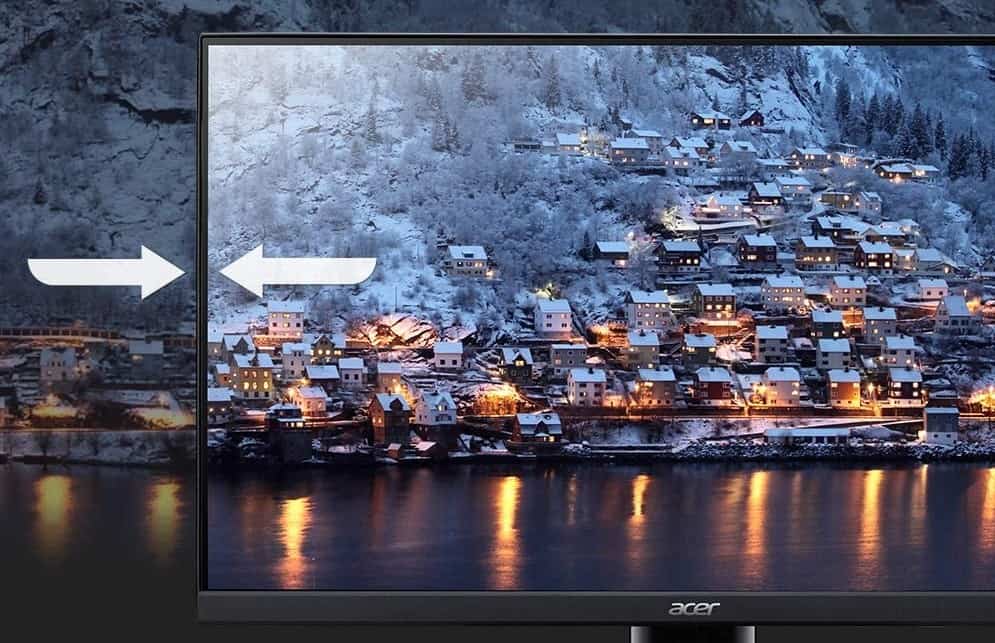

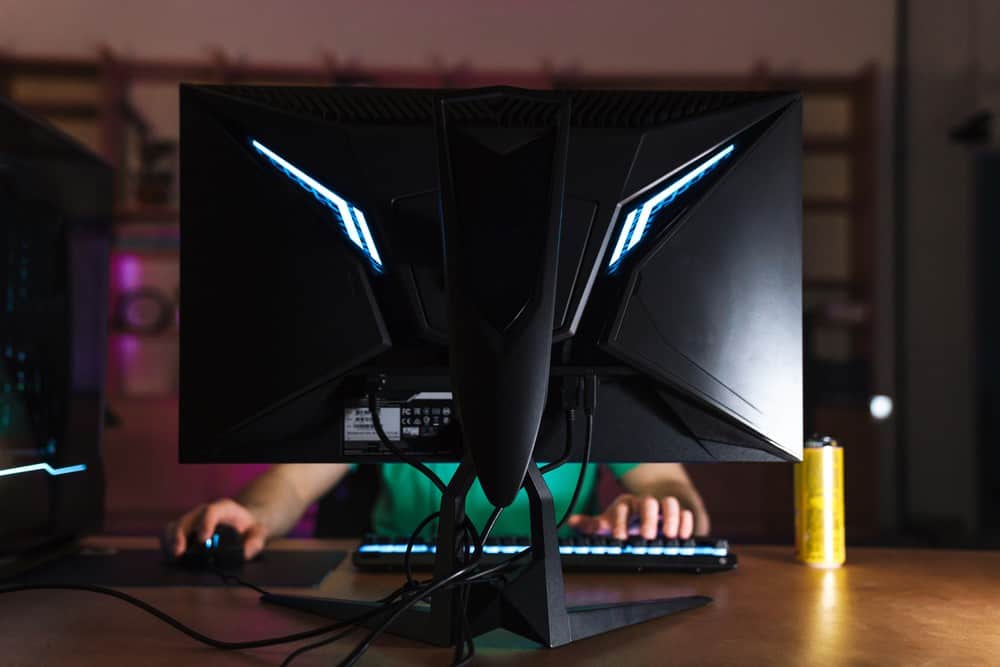
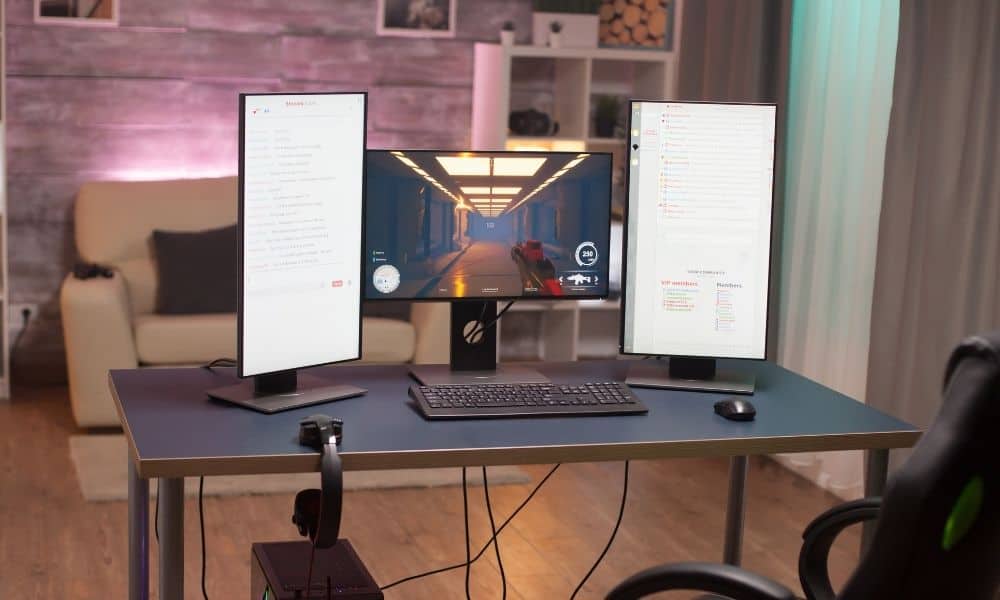
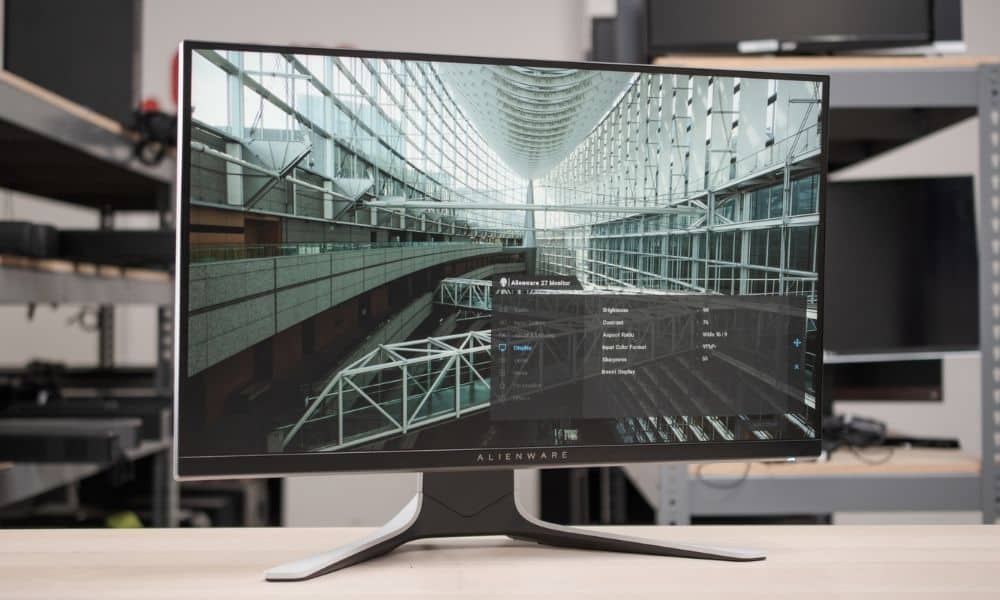
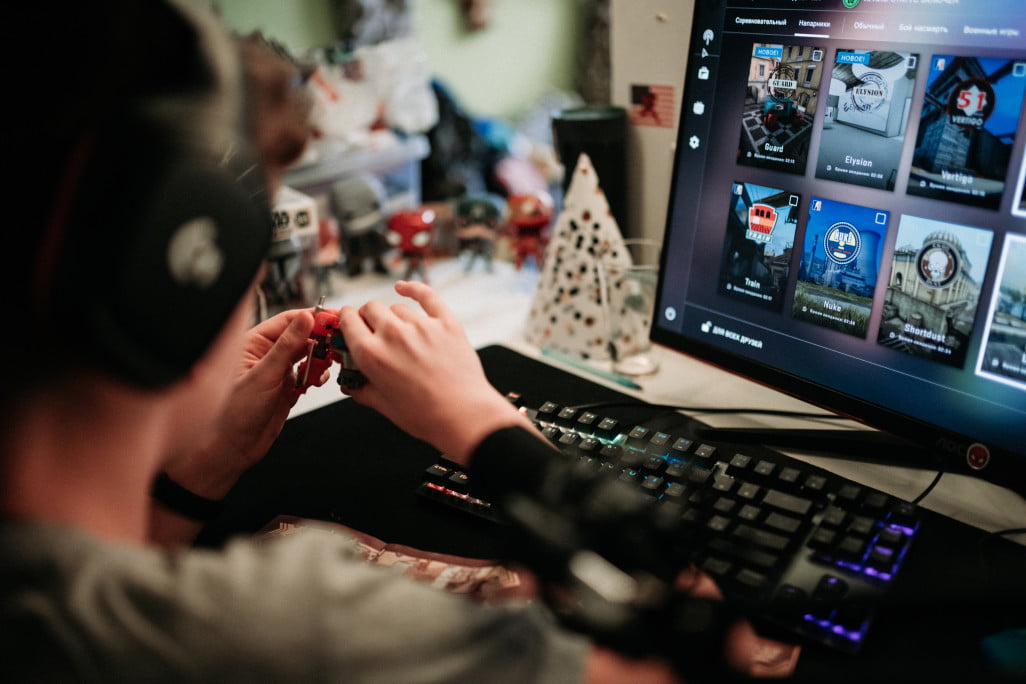

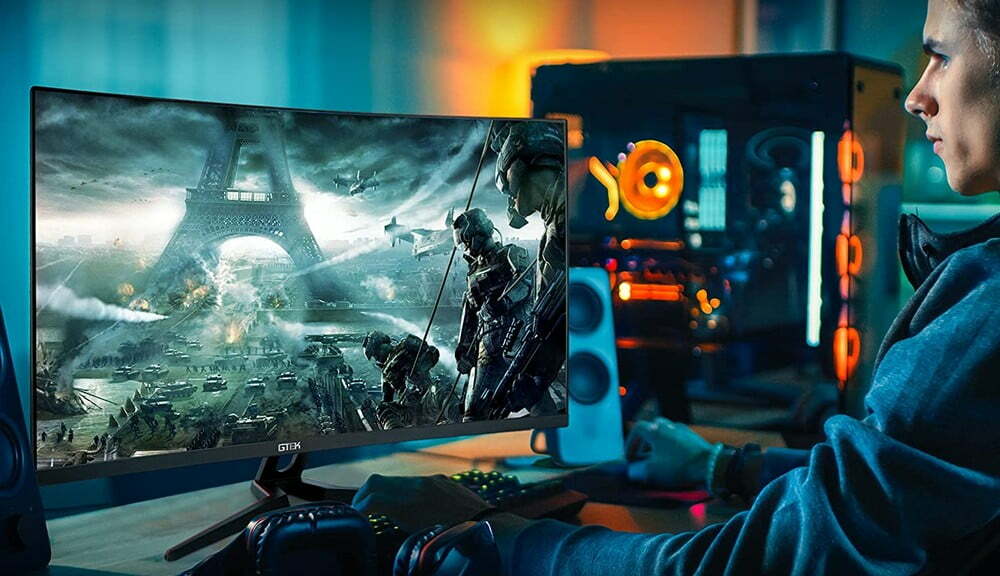
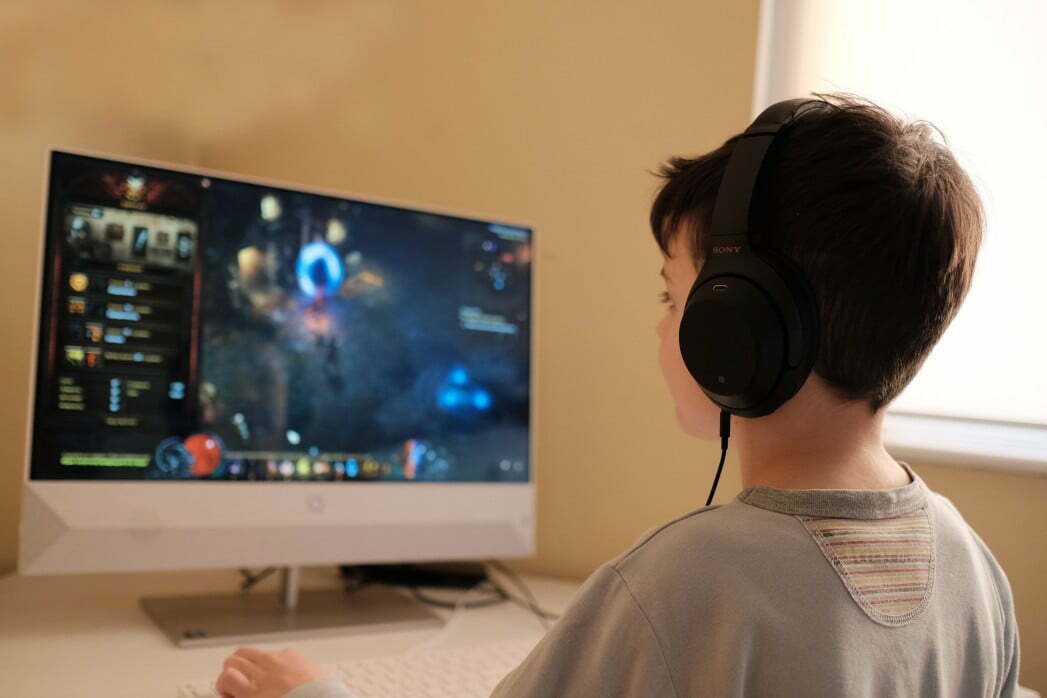


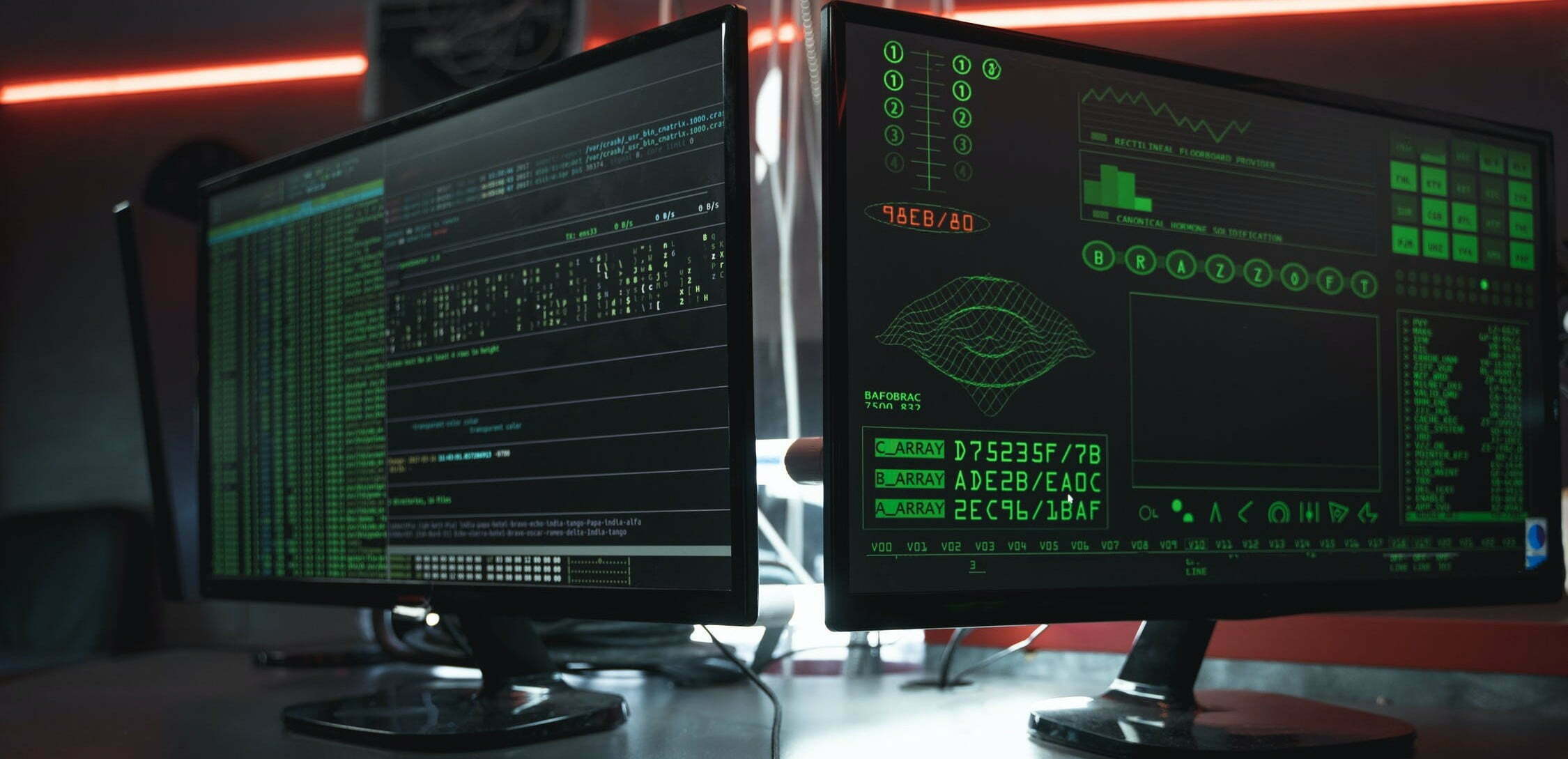
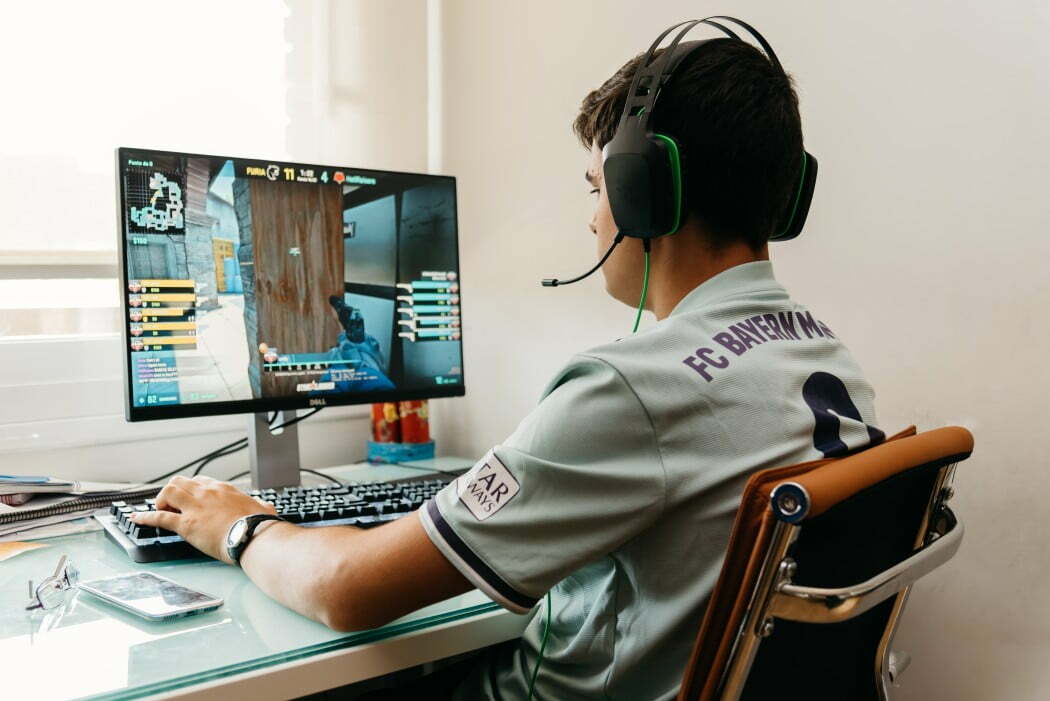

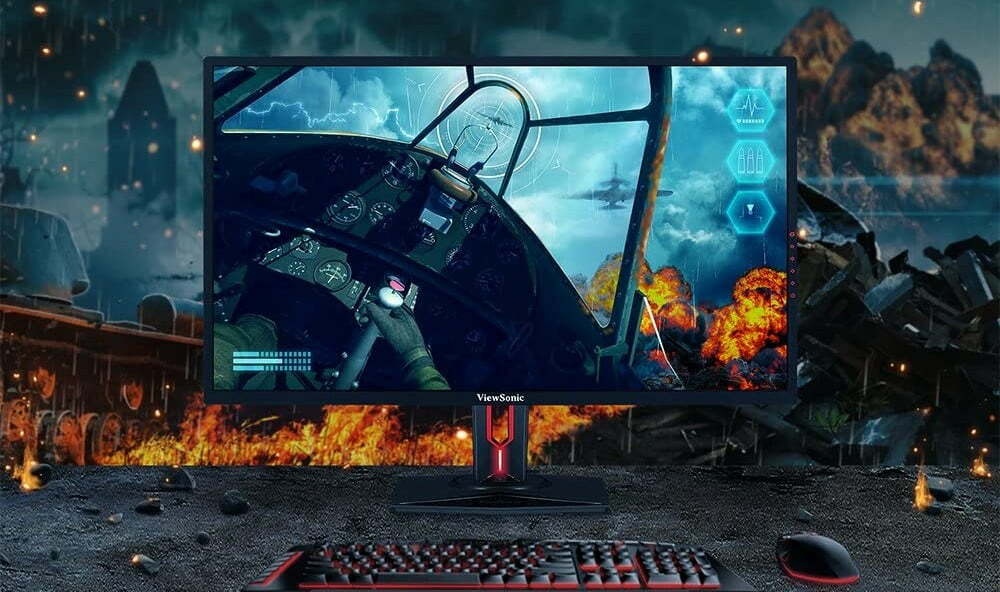
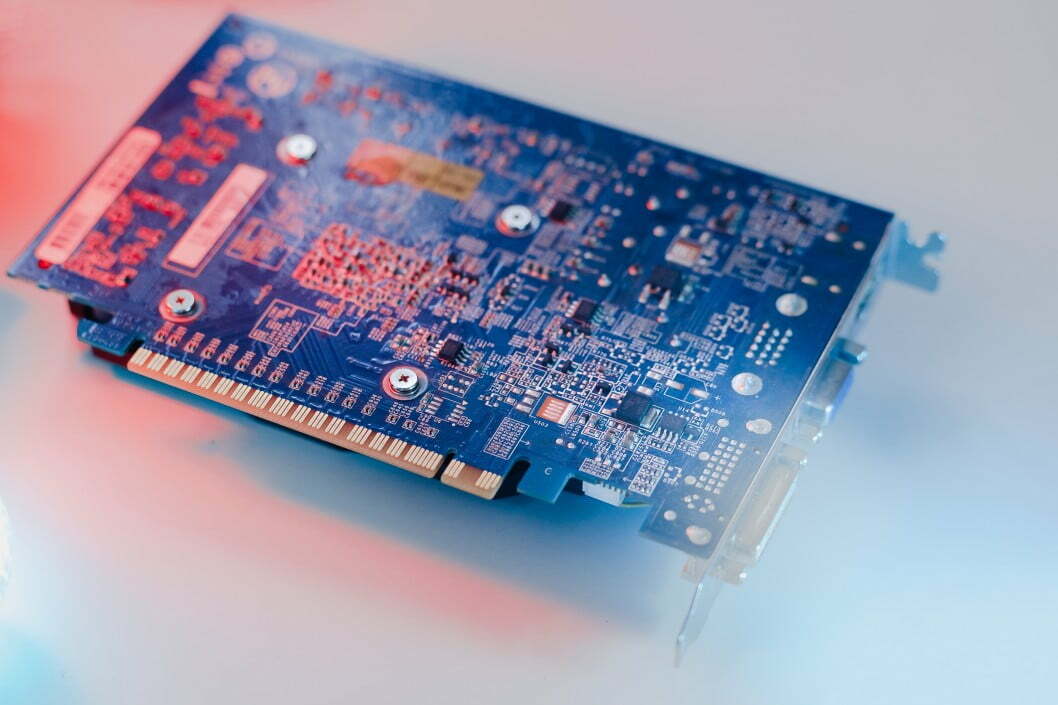

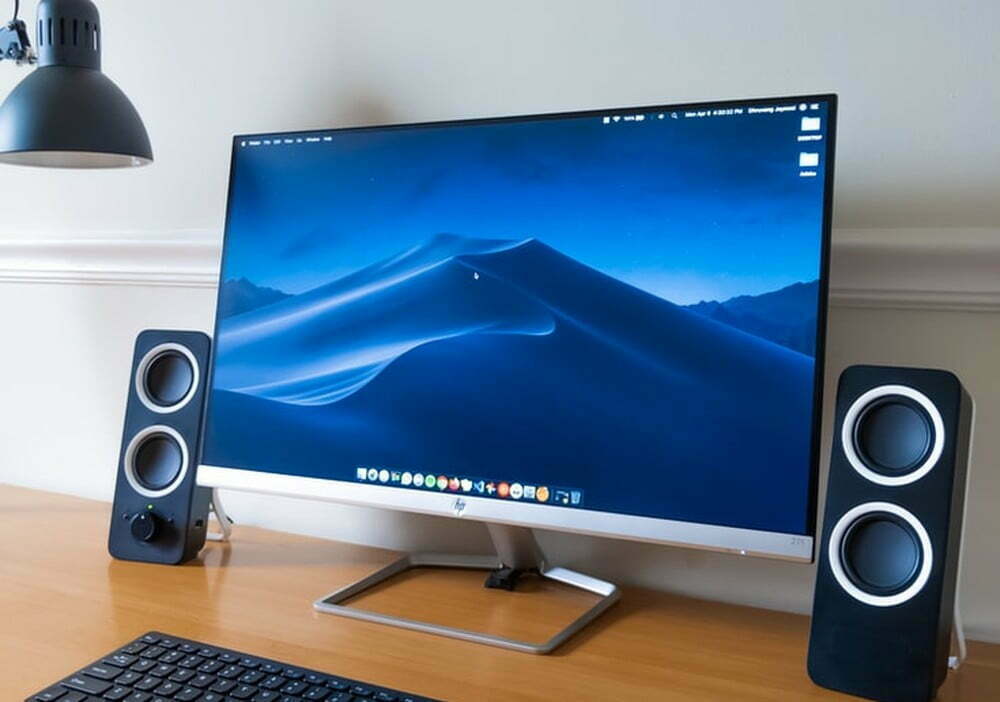

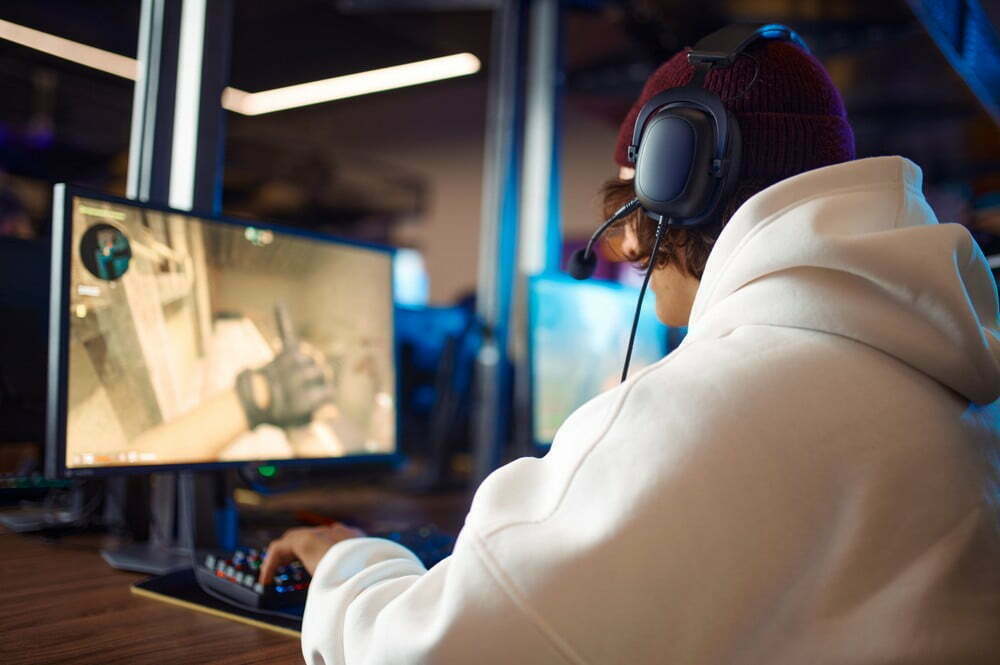
![Best 27 Inch Computer Monitor in [year] 31 Best 27 Inch Computer Monitor in 2025](https://www.gadgetreview.dev/wp-content/uploads/how-to-buy-the-best-computer-monitor.jpg)
![Best BenQ Monitors in [year] 32 Best BenQ Monitors in 2025](https://www.gadgetreview.dev/wp-content/uploads/best-benq-monitor-image.jpg)
![Best ASUS Monitors in [year] 33 Best ASUS Monitors in 2025](https://www.gadgetreview.dev/wp-content/uploads/best-asus-monitor-image.jpg)
![Best Dell Monitors in [year] 34 Best Dell Monitors in 2025](https://www.gadgetreview.dev/wp-content/uploads/best-dell-monitor-image.jpg)
![Best HP Monitors in [year] 35 Best HP Monitors in 2025](https://www.gadgetreview.dev/wp-content/uploads/best-hp-monitor-image.jpg)
![Best Lenovo Monitors in [year] 36 Best Lenovo Monitors in 2025](https://www.gadgetreview.dev/wp-content/uploads/best-lenovo-monitor-image.jpg)
![Best ViewSonic Monitors in [year] 37 Best ViewSonic Monitors in 2025](https://www.gadgetreview.dev/wp-content/uploads/best-viewsonic-monitor-image.jpg)
![Best Gigabyte Monitors in [year] 38 Best Gigabyte Monitors in 2025](https://www.gadgetreview.dev/wp-content/uploads/best-gigabyte-monitor-image.jpg)
![Best Monitors for PS4 Pro Gaming in [year] 39 Best Monitors for PS4 Pro Gaming in 2025](https://www.gadgetreview.dev/wp-content/uploads/best-monitors-for-ps4-pro-image.jpg)
![Best Monitor for Xbox Series X in [year] 40 Best Monitor for Xbox Series X in 2025](https://www.gadgetreview.dev/wp-content/uploads/best-monitor-for-xbox-series-x-image.jpg)
![Best MSI Monitors in [year] 41 Best MSI Monitors in 2025](https://www.gadgetreview.dev/wp-content/uploads/best-msi-monitor-image.jpg)
![Best SAMSUNG Monitors in [year] 42 Best SAMSUNG Monitors in 2025](https://www.gadgetreview.dev/wp-content/uploads/best-samsung-monitor-image.jpg)
![Best LG Monitors in [year] 43 Best LG Monitors in 2025](https://www.gadgetreview.dev/wp-content/uploads/best-lg-monitor-image.jpg)
![Best AOC Monitors in [year] 44 Best AOC Monitors in 2025](https://www.gadgetreview.dev/wp-content/uploads/best-aoc-monitor-image.jpg)
![Best Acer Monitors in [year] 45 Best Acer Monitors in 2025](https://www.gadgetreview.dev/wp-content/uploads/best-acer-monitor-image.jpg)
![Best Philips Monitors in [year] 46 Best Philips Monitors in 2025](https://www.gadgetreview.dev/wp-content/uploads/best-philips-monitors-image.jpg)
![Best Stream Decks in [year] 47 Best Stream Decks in 2025](https://www.gadgetreview.dev/wp-content/uploads/best-stream-deck-image.jpg)
![Best Monitors For PUBG in [year] 48 Best Monitors For PUBG in 2025](https://www.gadgetreview.dev/wp-content/uploads/best-monitor-for-pubg-image.jpg)
![Best Monitors for Streaming in [year] 49 Best Monitors for Streaming in 2025](https://www.gadgetreview.dev/wp-content/uploads/best-monitor-for-streaming-image.jpg)
![Best Monitors For Flight Simulator in [year] 50 Best Monitors For Flight Simulator in 2025](https://www.gadgetreview.dev/wp-content/uploads/best-monitor-for-flight-simulator-image.jpg)
